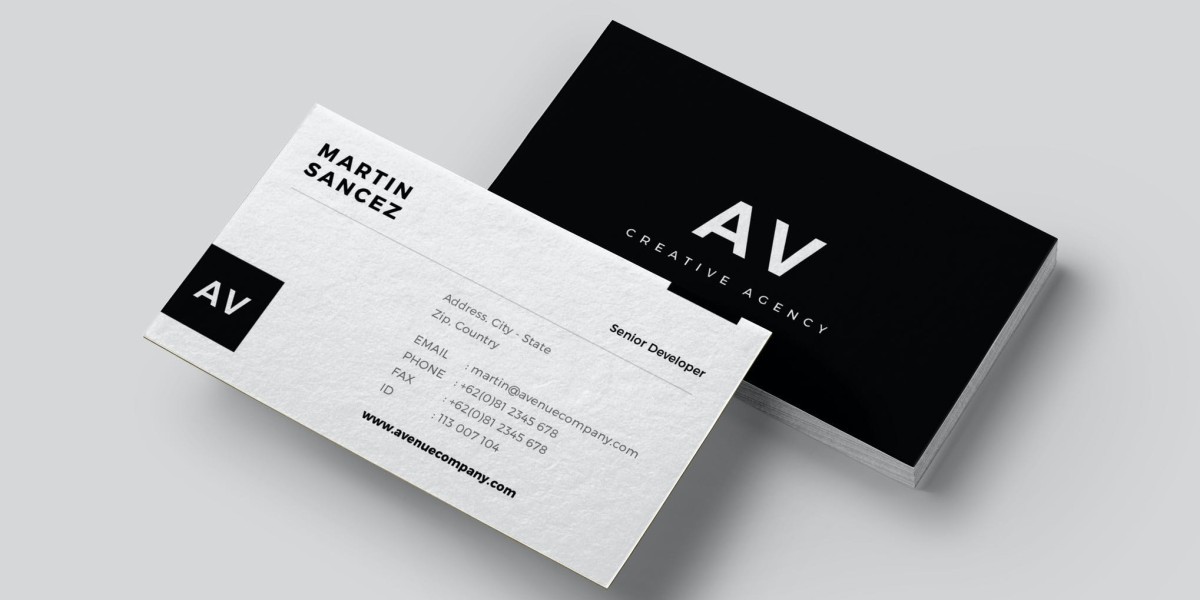In today's competitive business landscape, making a lasting impression is crucial. One of the simplest yet most effective tools for creating a positive first impression is your business card. While the design, paper stock, and information on your card are vital, the size of your business card also plays a significant role. Choosing the right size can ensure your card stands out and effectively represents your brand.
Why Business Card Size Matters
First Impressions The size of your business card can immediately set the tone for how your brand is perceived. Standard-sized business cards are familiar and easy to handle, while unique sizes can catch attention and suggest creativity and innovation.
Fit and Convenience Standard business card dimensions are 3.5 x 2 inches, fitting perfectly into wallets, cardholders, and pockets. Non-standard sizes may stand out more but can be inconvenient to store, potentially leading to them being discarded.
Design Flexibility The size of your business card influences your design options. Larger cards provide more space for graphics, text, and special finishes, while smaller cards can convey simplicity and minimalism. The right size will depend on your design and the message you want to communicate.
Professionalism and Usability A well-sized business card reflects professionalism. Cards that are too large can seem unwieldy, while those that are too small might be overlooked. A properly sized card balances usability and aesthetic appeal, ensuring it serves its purpose effectively.
Common Business Card Sizes
Choosing the right business card size involves understanding the different options available and their typical uses.
Standard Size (3.5 x 2 inches) The most common business card size, it fits easily into wallets and cardholders. It’s versatile and widely accepted, making it a safe choice for most businesses.
Square Size (2.5 x 2.5 inches) Square cards offer a modern twist on the traditional business card. They are eye-catching and unique but can be harder to fit into standard card slots.
Mini Size (3 x 1 inches) Mini cards are compact and can be very effective for minimalist designs. They are easy to carry but may not provide enough space for all necessary information.
Folded Size (3.5 x 4 inches, folded to 3.5 x 2 inches) Folded business cards double the space for information and design elements. They are ideal for businesses that want to include more detailed information without sacrificing compactness.
Customization and Personalization
After deciding on the size of your business card, customization options allow you to tailor it to your brand’s unique identity. Customization options include:
Unique Shapes Beyond standard rectangles, consider die-cut shapes that represent your brand, such as circles, ovals, or custom designs. Unique shapes can make your card memorable and visually striking.
Color Choices Select colors that align with your brand’s identity. Different colors can evoke different emotions and help your card stand out.
Special Finishes Add a luxurious touch with finishes such as foil stamping, embossing, or UV coating. These features can enhance the visual appeal and tactile experience of your card.
In conclusion, the size of your business card is a critical factor that affects its functionality, design, and the impression it leaves. By choosing the right size and combining it with thoughtful customization and with the help of a custom printing service online, you can create a business card that effectively represents your brand and makes a lasting impact.








